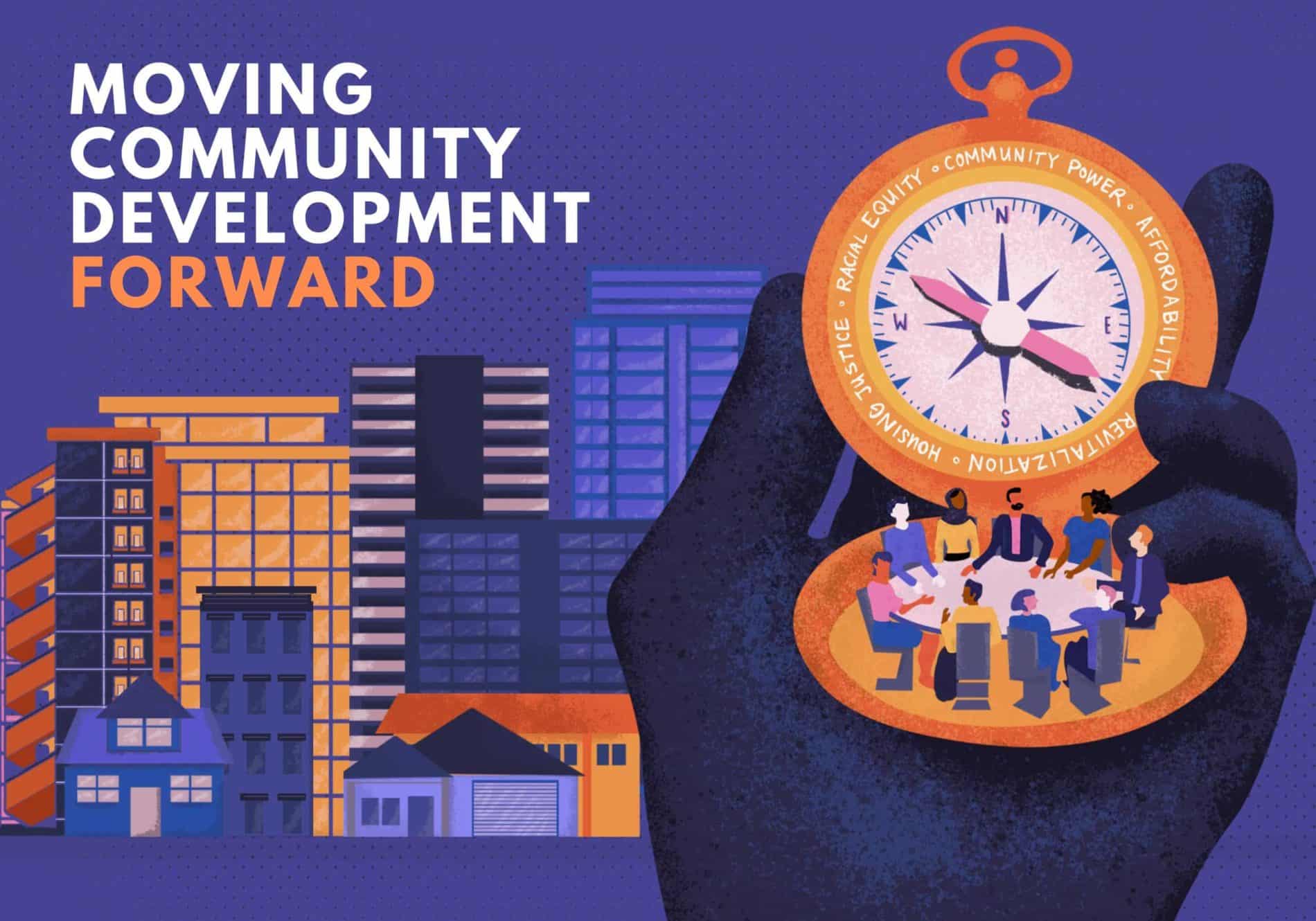
The biggest misgiving people seem to have about farmers' markets is that they are too expensive for the average Joe. Why should people trudge to the market on Saturday morning to buy a handful of overpriced vegetables and meats when they can get the same things for less at their supermarket, while also taking care of all their other shopping needs in one trip?
The data contradicts that belief, though. Some research shows that produce at farmers markets is often competitive with that at stores, if not cheaper. Meat may be pricier in some cases, but there are opportunities to buy from farmers in bulk and reap savings.
We then wondered if many people go to farmers' markets for the community vibe, rather than just to shop. We happen to go for both reasons, but if the market wasn't a fun destination as well as a way to support local farmers, we might not bother to make the trip.
And let's face it, many people aren't going to go the farmers market just because it's advertised as a fun weekend activity. They're going to go if they can get a deal on good food.
But some people will go to a market for the community aspects. It all depends on how the organizers strategize to make their market as much of an “event” as possible.
I recently heard the agricultural extension agent in a nearby county talk about how the market there got started. Many people told him they thought the market should be located on the four-lane highway that cuts through the county, because there the market would have the most visibility to people passing by. The extension agent had a different opinion. He insisted the market needed to be a “destination” for year-round citizens of the county as well as visitors. Therefore it needed to be located at the county fairgrounds.
The location had other advantages. It was close to a public park, where families might be picnicking or enjoying the playground while the market was open. It was also close to a senior center and the center's bus could ferry residents easily over to the market. The market itself was located in an open grassy area where kids could run around without parents worrying about them.
I haven't been to that market, but the one in our county seems to have been developed with the same principles in mind, and it seems to me to be a big success. The market is located in a park in the center of a small town, on a prominent street but not the busiest. There are regularly some 30 vendors, selling raw produce and meats as well as baked goods. There's a woman selling tamales. Others sell handmade porch chairs, jewelry, etc. When we get to the market my son runs off to pull the little red wagons he finds strategically positioned in the middle of the grassy field, with the vendors on opposite sides to hem him in should he stray. It's a fun scene.
This year many of the vendors started accepting SNAP (food stamps). I haven't seen any research yet on how many low-income people take advantage of this, but it seems promising if people are made aware of it. The bigger challenge is figuring out how to draw in more middle class people, those who don't have much disposable income and don't qualify for SNAP.
Farmers' markets have growing potential to fill a big need for very small farmers and the buying public. The farmers need someone to sell to to justify their labor. The public is yearning for more fresh food at reasonable prices. The trick is to find more ways to bring them together.
(Photo by Natalie Maynor CC BY)





Comments